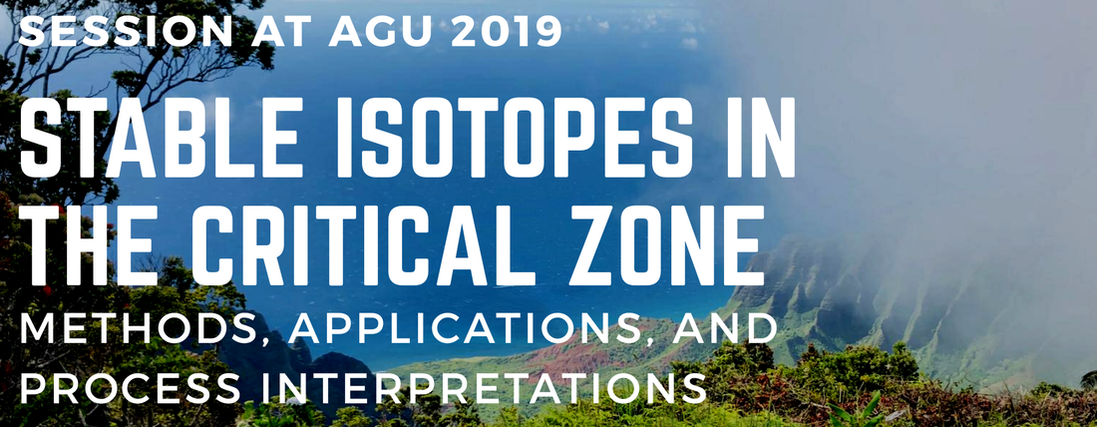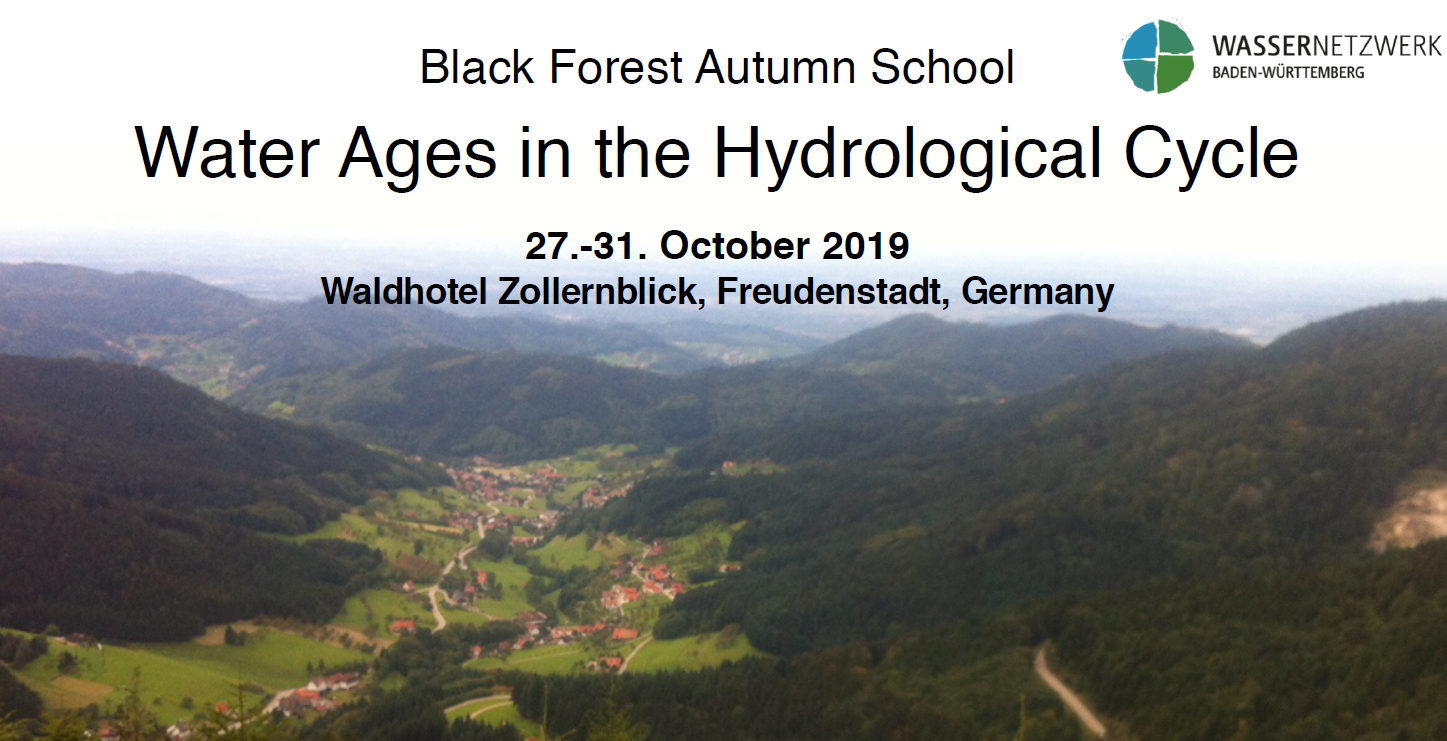|
Our study showing that subsurface water of the studied silty-loam soil in the Vallcebre research catchment did not mix well over the studied 8 month period is now published in Hydrology and Earth System Sciences.
The SURFACE HYDROLOGY AND EROSION GROUP at IDAEA-CSIC gathered an extensive data set of water in the soil (both mobile and bulk soil water), in a piezometer, rainfall, and streamflow. The fortnightly sampling frequency revealed that despite pronounced changes in the soil wetness, the water in smaller pores were of different isotopic composition than the water moving in bigger pores. Mobile water sampled with suction lysimeter (circles and blue frame in Figure) was more similar to summer rainfall, while bulk soil water (stars and green frame in Figure) was more similar to winter rainfall. Thus, there is water located in small soil pores, which does not mix well with newly infiltrating, indicating non-uniform water transport across the studied soil profile. We could explain the isotope pattern relating rainfall stable isotopes and soil moisture, which showed that smaller pores (soil is dry) get refilled with more isotopically depleted rainfall. These findings provide a mechanistic explanation for subsurface heterogeneity in stable isotope values, which is important for improving model realism of hydrological simulations or ecohydrological applications of isotopes.
0 Comments
We offer in 2019 for the third time a session on "Stable Isotopes in the Critical Zone: Methods, Applications, and Process Interpretations" at the AGU Fall Meeting. This year our convener team will be composed by Stephen P. Good, Natalie Orlowski and Scott T. Allen. Abstract submission is open from June 12th to July 31st.
Session description: Stable isotopes are powerful tools for tracing fluxes of water, carbon, and nutrients. They are increasingly used in various disciplines to better understand processes occurring in the soil-plant-atmosphere continuum. Furthermore, new methodological and technological developments have facilitated tracing isotopes at much finer scales, but also across larger domains. By enabling the tracing of exchanges across distinct landscape pools, stable isotopes support new interdisciplinary perspectives on critical zone processes. This session aims to address the current state of the art for methods, applications, and process interpretations using stable isotopes in the critical zone. Studies that cross disciplinary boundaries and reveal new process understanding are especially welcome. This session also encourages contributions that celebrate the AGU's Centennial, including reviews of historical data and the evolution of stable isotope tools within the critical zone, as well contributions that discuss the future direction and needs of the critical zone stable isotope community. We are inviting applications for the new Black Forest Autumn School on "Water Ages in the Hydrological Cycle", which will be held at from October 27 to 31 in Freudenstadt, Germany. The Black Forest Autumn School will teach approaches,
methods and models to determine water fractions, water ages and transit times throughout the hydrological cycle and will foster inter-disciplinary discussions. Lectures and hands-on exercises including a small model intercomparison project will provide a stimulating learning environment. The lecturer team consists of Markus Weiler, Christine Stumpp, James Kirchner, Markus Hrachowitz, Paolo Benettin and me. The Autumn School is supported by the Water Research Network Baden-Württemberg. The course fee is 290 €, but free participation for young scientists from Baden-Württemberg. If you would like to attend, send a 1 page motivation letter and your CV to [email protected] by July 15 2019. More info on this flyer. |
Archiv
May 2022
Kategorien
All
|



 RSS Feed
RSS Feed
